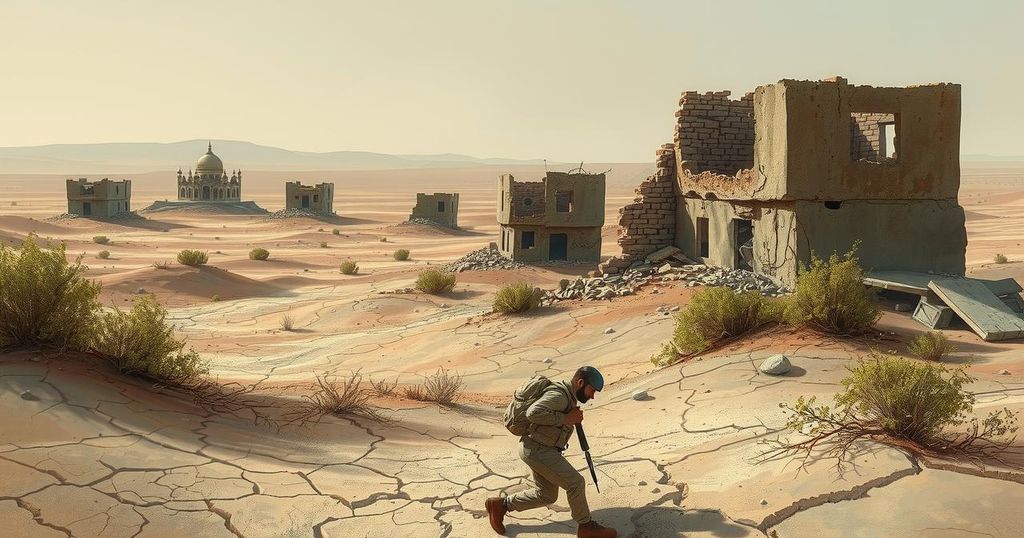On March 10, 2025, M23 advanced toward Walikale district, capturing a key town and persuading multiple pro-Congolese militia factions to defect. Tensions escalated with FARDC’s airstrike actions against M23-aligned groups. The U.S. expressed interest in a minerals partnership with the DRC, coinciding with government initiatives to undermine M23 leadership.
On March 10, 2025, the ongoing conflict in the eastern Democratic Republic of the Congo (DRC) witnessed notable escalations as M23 made substantial territorial gains towards Walikale district in North Kivu. Capturing an essential town along the crucial roadway, M23 has prompted at least three pro-Congolese militia groups to defect, thereby hindering the Congolese army’s efforts to respond effectively. Furthermore, the United States indicated its willingness to enter discussions regarding a minerals partnership with the DRC government, and a bounty was placed on senior M23 leaders.
In the Northern Axis comprising the Lubero-Butembo-Beni-Bunia region, three militia factions—the Mai-Mai Kabidon (FPP-AP), elements of the Mai-Mai Kifuafua, and the Mapenzi faction of the Nduma Defense of Congo-Renovated (NDC-R/M)—joined M23’s political alliance as of March 9. Local media highlighted that these defecting elements were advancing towards Kasugho, indicating a strategic repositioning that strengthens M23’s presence in the area, with implications for their operational capabilities against FARDC forces.
In armed confrontations occurring in the Southern Axis around Bukavu and Uvira, FARDC engaged in combat with M23-aligned groups. On March 10, FARDC launched airstrikes against positions held by Twirwaneho rebels in Minembwe, reflecting an ongoing military response following the rebels’ recent territorial captures. These actions signify the intensifying hostilities in the region where M23 seeks further expansion.
Shifting focus to the Northwestern Axis, M23 seized control of Nyabiondo, a significant junction that facilitates further advances into Walikale district. Their offensive, concluding with the occupation of Nyabiondo on March 9, effectively restricts FARDC forces from regaining access to strategic routes and enhances M23’s logistics for upcoming operations.
Amidst the conflict dynamics, critical political developments have also surfaced. The U.S. Department of State’s expression of openness to a minerals partnership coincides with DRC President Félix Tshisekedi’s assertions of potential benefits from improved trade relations focusing on DRC’s rich mineral resources. Furthermore, the Congolese government announced a bounty on top M23 leaders, suggesting an aggressive approach to destabilize M23’s command structure.
The developments in the Congo War signify an alarming increase in conflict intensity as M23 capitalizes on strategic territorial gains and militia defections. The geopolitical implications of a potential U.S.-DRC minerals partnership establish a complex backdrop for ongoing military engagements. As the situation evolves, the alliances formed and the military strategies adopted will greatly influence the outcomes in the eastern DRC.
Original Source: www.criticalthreats.org




